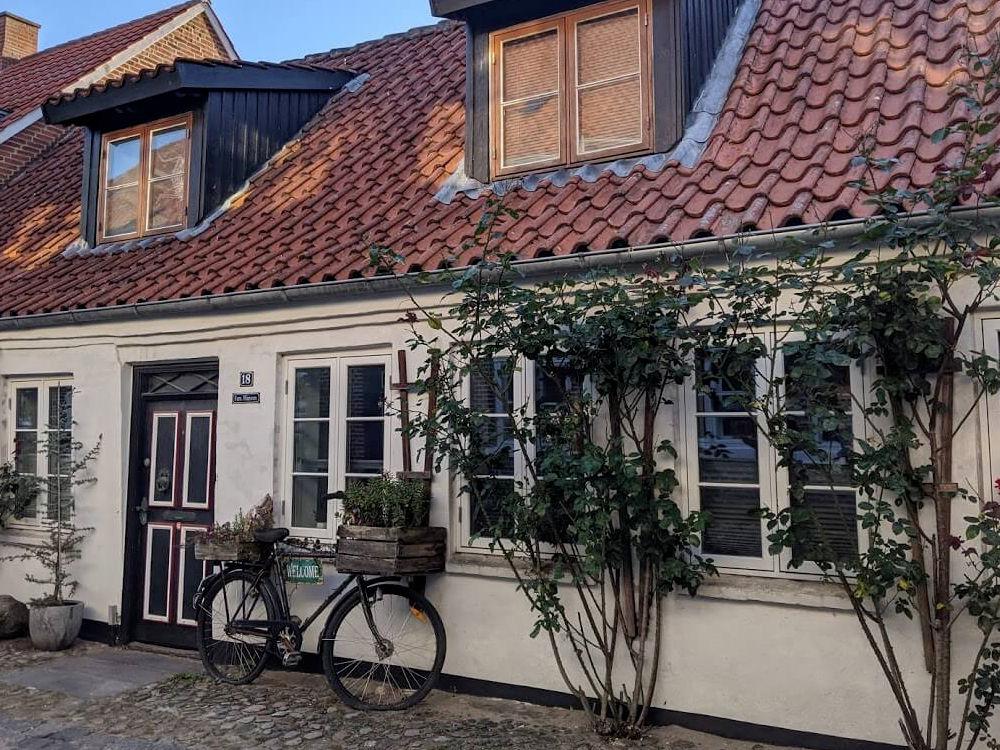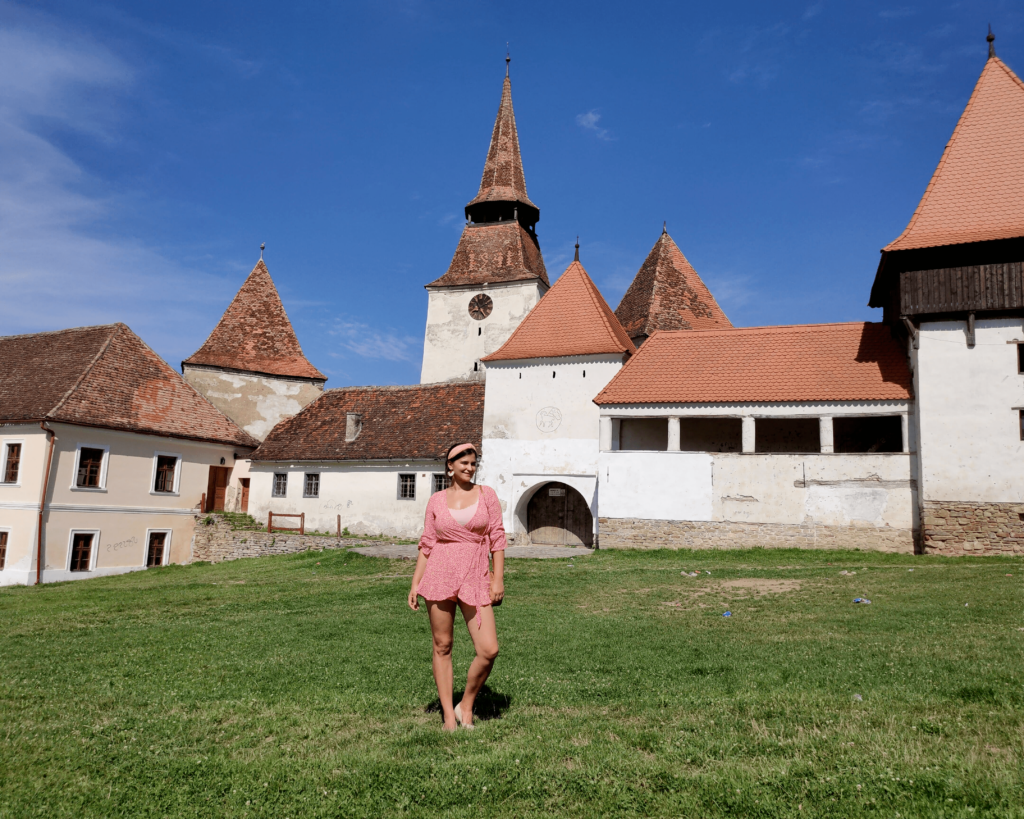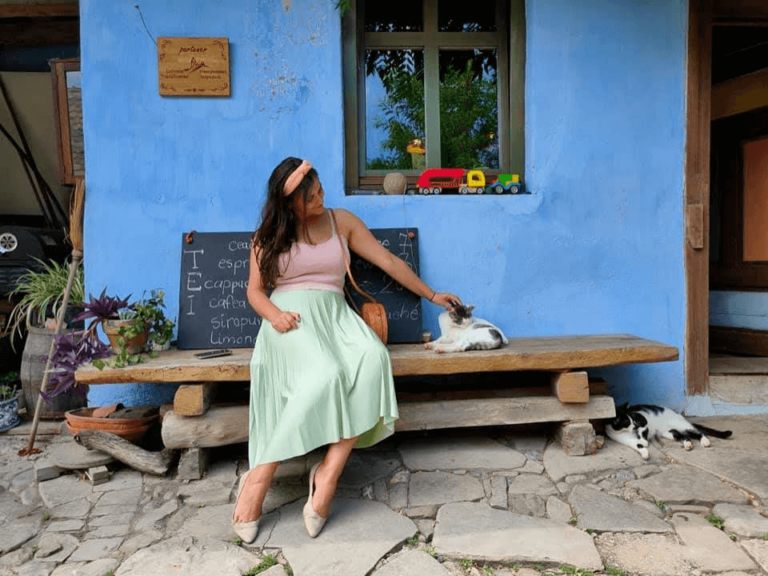SHARE
INFO
- DATE: 09-10-2020
- PLACE: Transylvania
COUNTRY OF PROVENANCE

Romania
RELATED ARTICLES

The village of Richis – Iulia around Transylvania, Romania
Richis is the first Saxon village I visited, it is located in the heart of Transylvania in Romania, near the medieval cities of Sighișoara and Mediaș.

Hygge or happiness in Denmark
During our on-the-road trip in Denmark I found a beautiful word: hygge, a sense of warmth, intimacy, a door to happiness.
Love for Transilvanya
Iulia from Bucharest, Romania
I’m Iulia, half Transylvanian born, based in Bucharest, with a background in political science. My passions are architecture, cooking, and quaint Saxon villages in Transylvania, rich in fascinating baroque architecture, unique fortified churches, and magnificent landscapes, where time often seems to have been standing still.
Caminante no hay camino, se hace camino al andar! (“there is no path, you make the path as you go”) is my favourite motto. I’m sometimes a work in progress and speak 5 languages.
My passion for Transylvania
I am responsible for a series of immersions in the land of Transylvania, that get to see the light on My Transylvanian Village blog, where one can discover stories dedicated to the Saxon villages, located in the heart of Romania, and their post-communist revival.
The articles aim to shed light upon the process of community development in these villages, as well as on the people involved in it. Implicitly, they capture stories about the Saxon heritage that lives on, despite the passing of time, through its people, and the unique settlements they left behind – particularly the Saxon fortified churches.
The uniqueness of the fortified churches comes from the fact that they are the only structures in Europe of such kind. They serve a dual scope: place for spiritual worship, but also defensive structures used as shelter from the migratory invasions. In other parts of Europe one can talk about fortresses or castles, but not about fortified churches.
Transylvanian Saxons
Lastly, the articles talk about the Transylvanian Saxons, an ethnic group, originally from the Meuse area, particularly Luxemburg, that colonized Transylvania under King Géza’s II of Hungary order, during 1141-1162, to defend the south-eastern borders of the Kingdom of Hungary (nowadays Transylvania) against foreign invaders coming from Central Asia.
The colonizers were mostly craftsmen and were given a piece of land to own and to defend in Transylvania. So they built fortifications all around Transylvania and they thrived. But war and communism put an end to their flourishment. In 1945, many Saxons were deported to Siberia and during the fall of communism 95 % of the Transylvanian Saxons migrated to Germany.
Subscribe to the newsletter clicking on the button above to read more stories!


